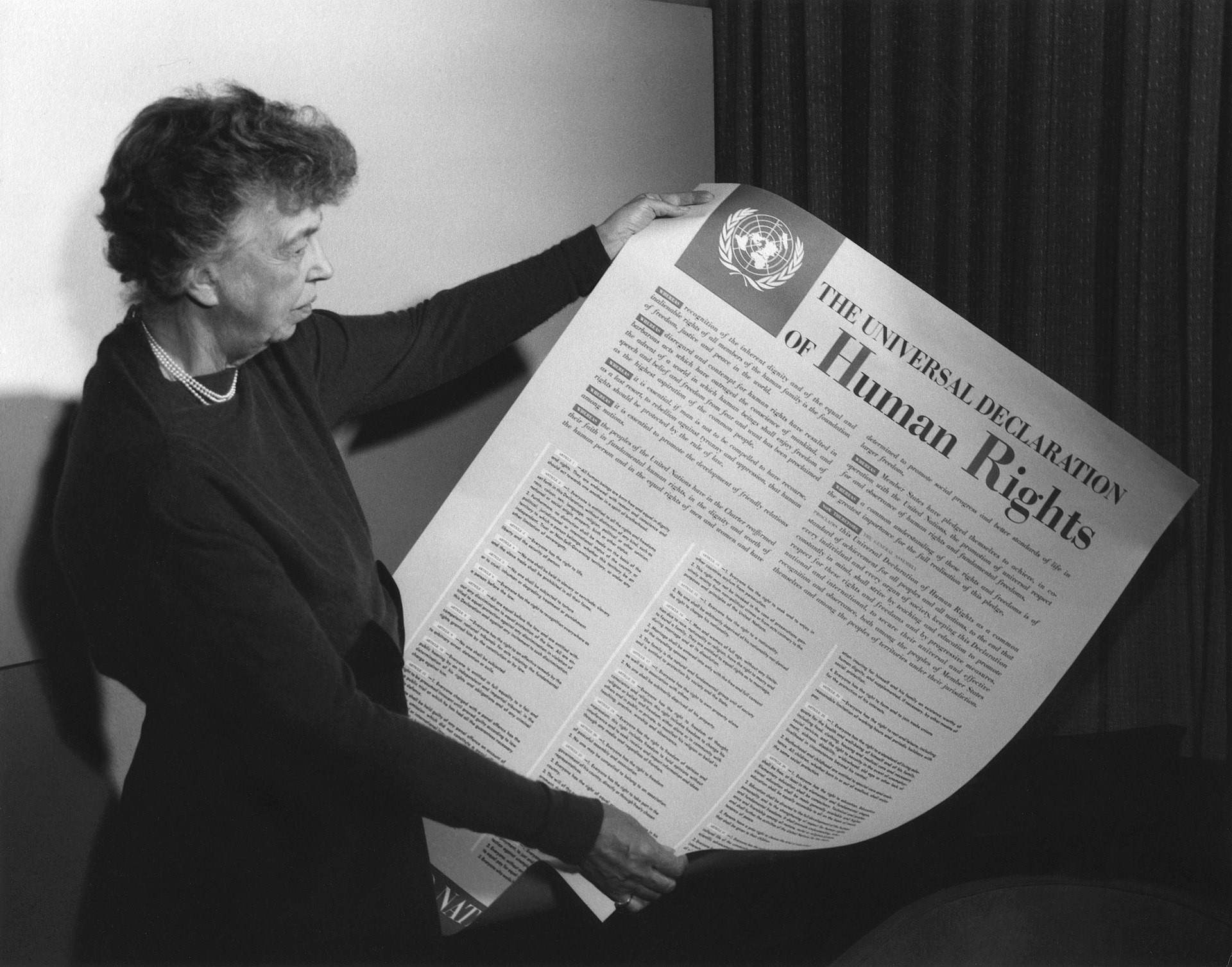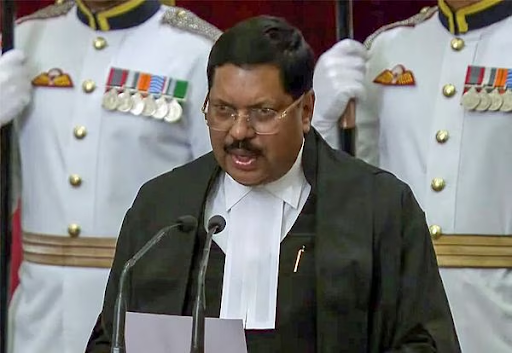Description

Disclaimer: Copyright infringement not intended.
Context
- Seventy-five years ago on 10th December, the UN General Assembly approved the Universal Declaration of Human Rights at a meeting in Paris – laying one of the foundation stones of the international order that emerged following the horrors of World War II.
Details
- Approved by the UN General Assembly in Paris on December 10, 1948, this declaration consists of a preamble and 30 articles articulating fundamental rights and freedoms.
Key Elements of the Universal Declaration of Human Rights
Structure:
- Preamble: Sets out the historical background and reasons for drafting the Declaration.
- Articles 1-2: Establish the fundamental principles of human dignity, liberty, and equality.
- Articles 3-11: Encompass individual rights, including the right to life, prohibition of slavery and torture.
- Articles 12-17: Discuss individual rights within civil and political societies.
- Articles 18-21: Highlight spiritual, public, and political freedoms, such as freedom of religion and association.
- Articles 22-27: Address an individual's economic, social, and cultural rights, including the right to an adequate standard of living and healthcare.
- Articles 28-30: Establish the means of exercising these rights, emphasize individual duties to society, and prohibit the use of rights contrary to the United Nations' purposes.
Content:
- Principles and Rights: The document asserts the inherent dignity and equality of all individuals, stating that everyone is entitled to rights and freedoms without discrimination based on race, color, sex, religion, or other status (Article 2).
- Essential Rights and Freedoms: It outlines fundamental rights such as the right to life, liberty, and security of person (Article 3); the prohibition of slavery and torture (Articles 4 and 5); equality before the law (Article 7); the right to seek asylum (Article 14); freedom of thought, conscience, and religion (Article 18); freedom of opinion and expression (Article 19); and the right to education (Article 26).
Origins and Purpose:
- The UDHR was born from the aftermath of World War II and the Holocaust, emphasizing the need to prevent such atrocities from happening again.
- It was developed as a roadmap to ensure universal human rights protection globally.
- Drafting and Approval: Eleanor Roosevelt chaired the drafting committee, comprised of representatives from various countries. Over 50 UN member countries participated in its final drafting, which was unanimously approved by the UN General Assembly on December 10, 1948.
- Legal Implications: While the UDHR is not legally binding in itself, its principles have been integrated into many countries' laws and serve as the basis for numerous international human rights treaties.

Achievements and Impact
- Influence: The UDHR has inspired and paved the way for over 70 human rights treaties at both global and regional levels.
- Legal Foundation: It has been incorporated into many countries' legal frameworks and serves as a guiding principle for international human rights law.
- Decolonization and Anti-Apartheid: The declaration influenced movements for decolonization and anti-apartheid, promoting equal rights for all individuals irrespective of nationality, gender, or status.
- Human Rights Advocacy: The UDHR continues to be a touchstone for human rights advocacy and remains a cornerstone in the promotion and protection of human dignity and freedoms globally.
Criticisms
- The document has faced critiques, particularly from some Muslim-majority countries. Concerns include its alleged Western and secularist bias, challenging the compatibility of certain provisions with Islamic law (sharīʿa), and its imposition of Western values on non-Western nations.
Commemoration
- The anniversary of the UDHR adoption, December 10, is observed as World Human Rights Day, celebrated globally by various organizations, governments, and the United Nations to promote human rights awareness.
- Decadal commemorations are often accompanied by campaigns to enhance awareness of the Declaration and human rights in general.

Conclusion
In summary, the UDHR, though not a legally binding treaty, is a seminal document instrumental in shaping international human rights norms, advocating for universal dignity, equality, and freedoms for all individuals.
|
PRACTICE QUESTION
Q. Discuss the significance and impact of the Universal Declaration of Human Rights (UDHR) in shaping global human rights discourse. (250 Words)
|














